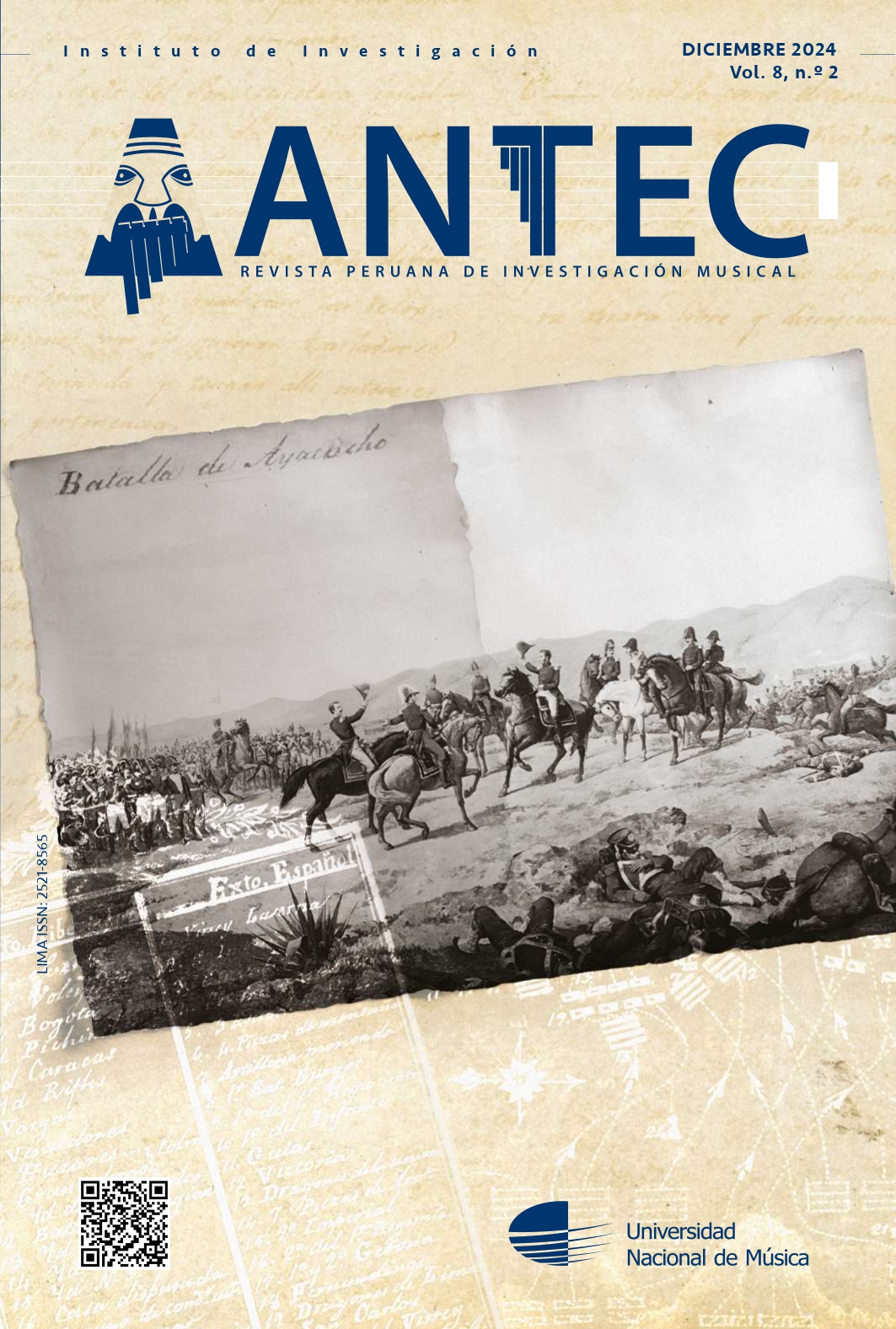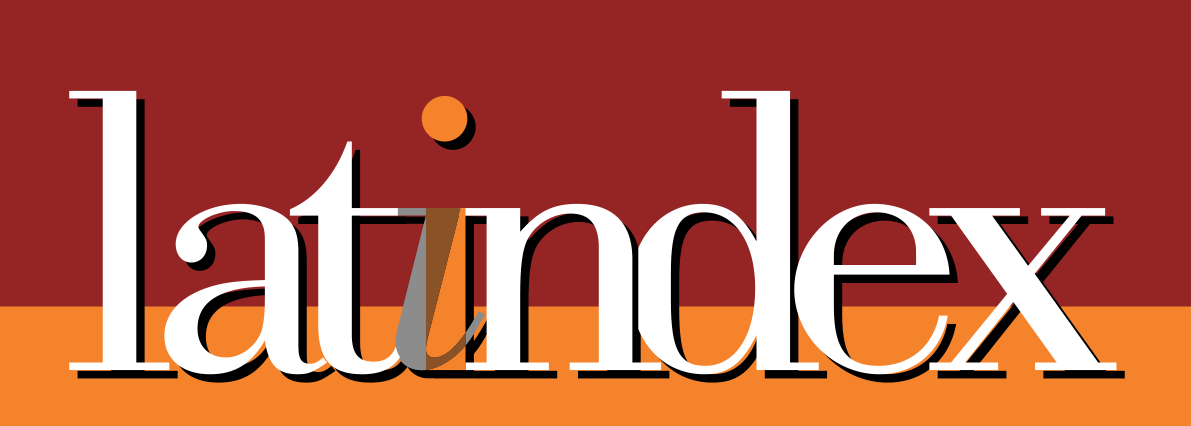Of Criers and Knife-Sharpeners: Unlikely Connections Between the Music of Enrique Iturriaga and José Ignacio López Ramírez Gastón
DOI:
https://doi.org/10.62230/antec.v8i2.251Keywords:
Enrique Iturriaga, José Ignacio López Ramírez Gastón, Musical narrative, Spectrographic analysis, Peruvian musicAbstract
This article examines the unexpected connections between compositions by Enrique Iturriaga and José Ignacio López Ramírez Gastón, two figures in contemporary Peruvian music who represent opposite poles in the spectrum of musical composition in Peru. Through an analysis of the musical discourse in Iturriaga's Pregón y Danza and López's Filo errante 2.1, it explores how both composers, despite their divergent paths and methods, find common ground in their attempt to capture the essence of a constantly transforming Lima. The study highlights how the technical innovation and thematic richness of these works serve as vehicles to express nostalgia and critique of the socio-economic and cultural changes in the Peruvian capital. Through a structural and spectrographic analysis, it is shown that, beyond the stylistic and generational differences, Iturriaga and López share an underlying narrative approach that reflects a common concern for Peruvian cultural identity. This article not only sheds light on the complexity of contemporary academic music from Peru, but also invites a reconsideration of traditional aesthetic categories and perceptions of innovation in musical composition.
Downloads
References
Alvarado, M. P. (2021). Nostalgia desde la diáspora: Construcción de una música electroacústica peruana a través de la poesía en los casos de Intensidad y Altura de César Bolaños (1964) y Los Dados Eternos de Rajmil Fischman (1991) [Tesis de licenciatura, Pontificia Universidad Católica del Perú]. Repositorio Institucional. http://hdl.handle.net/20.500.12404/19147
Cross, I. (2004). Music, meaning, ambiguity, and evolution. In D. Miell, R. MacDonald, & D. Hargreaves (Eds.), Musical Communication (pp. 27 - 44). Oxford University Press. https://doi.org/10.1093/acprof:oso/9780198529361.003.0002
Gálvez, J. (1921). Una Lima que se va. Editorial Euforion.
Holzmann, R. (1949). Aporte para la emancipación de la música peruana: ¿Es posible usar la escala pentáfona para la composición? Revista de Estudios Musicales, 1(1), 61-80.
López, J. I. (2019, 26 de septiembre). Somos ultrapuritanos y ultranacionalistas. Perú 21. https://peru21.pe/cultura/jose-ignacio-lopez-ramirez-gaston-somos-ultrapuritanos-y-ultranacionalistas-noticia/
Malloch, S., & Trevarthen, C. (2018). The human nature of music. Frontiers in Psychology, 9, 1-21. https://doi.org/10.3389/fpsyg.2018.01680
Maloff, N. (2007). Convergence of European, indigenous and popular idioms in the works of Peruvian composer Enrique Iturriaga [Tesis de doctorado, Universidad de British Columbia]. University of British Columbia Library. https://open.library.ubc.ca/soa/cIRcle/collections/ubctheses/24/items/1.0066254
Millard, R. (2018). Telling tales: A survey of narratological approaches to music. Current Musicology, (103), 5 - 44. https://doi.org/10.7916/cm.v0i103.5381
Patel, A. D. (2010). Music, biological evolution, and the brain. En C. Levander & C. Henry (Eds.), Emerging Disciplines (pp. 9 - 144). Rice University Press. https://pages.ucsd.edu/~rbelew/courses/cogs260_s10/readings/Patel10_music_evolution.pdf
Downloads
Published
Issue
Section
License
Copyright (c) 2024 Antec: Revista Peruana de Investigación Musical

This work is licensed under a Creative Commons Attribution-NonCommercial-NoDerivatives 4.0 International License.













